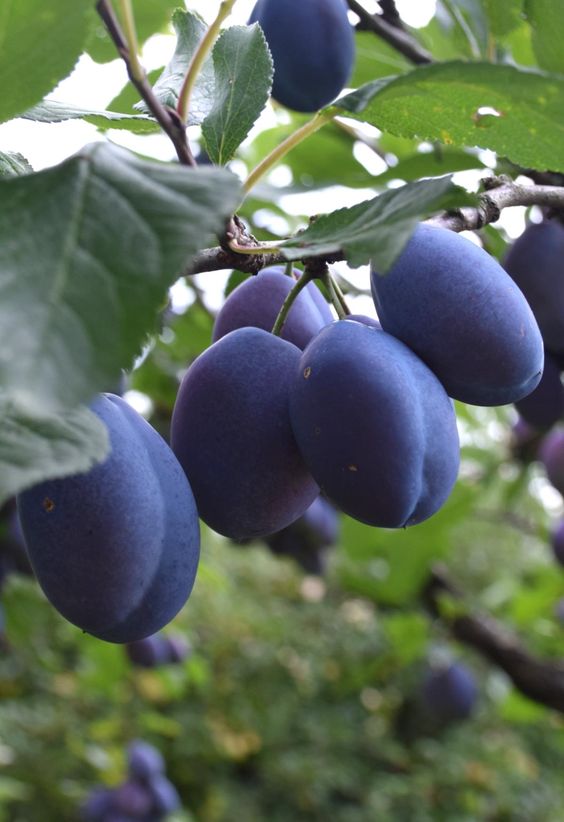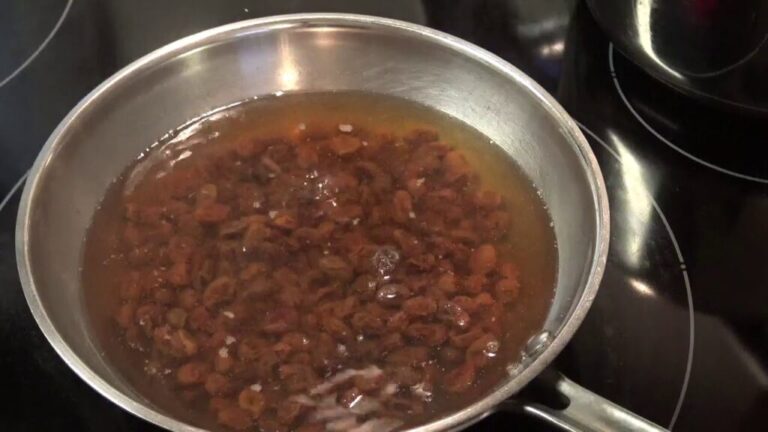Okra, often referred to as “lady’s finger,” is a vegetable rich in nutrients and has been hailed for its numerous health benefits, making it a superb addition to a balanced diet. Surprisingly, its health benefits can rival, and often surpass, those of many traditional tonics. Here’s why incorporating okra into your diet could be a game-changer for your health.
Nutritional Powerhouse
Okra is packed with vitamins, minerals, and antioxidants. It’s an excellent source of vitamin C, vitamin K, and manganese. It also boasts a high fiber content, which is beneficial for digestive health. The unique combination of soluble and insoluble fiber helps in managing blood sugar levels, making okra a particularly good choice for people with diabetes.
Health Benefits of Okra
1. Promotes Heart Health:
- The soluble fiber in okra helps reduce cholesterol levels, thus lowering the risk of heart disease. Additionally, the antioxidants help prevent oxidative damage to blood vessels.
2. Enhances Digestive Health:
- Okra’s mucilaginous texture aids in the smooth movement through the digestive tract, easing the process of digestion and helping to relieve constipation.
3. Supports Vision:
- Rich in beta-carotenes, lutein, and xanthine, okra can help prevent eye problems like cataracts and promote overall eye health.
4. Manages Blood Sugar Levels:
- The fiber content in okra helps stabilize blood sugar by regulating the rate at which sugar is absorbed from the intestinal tract.
5. Boosts Immunity:
- High in vitamin C and other essential nutrients, okra boosts the immune system’s ability to ward off infections.
How to Incorporate Okra into Your Diet
To fully benefit from all that okra has to offer, consider the following ways to incorporate it into your meals:
- Grilled or Roasted:
- Slice okra pods in half, drizzle with olive oil and your favorite seasonings, and roast until tender. This method reduces the sliminess that some people find off-putting.
- Stewed or Curried:
- Okra is a staple in dishes like gumbo, where it acts as a natural thickener. Its mild flavor also makes it a great addition to hearty stews and curries.
- Pickled:
- For a tangy treat, try pickling okra with vinegar, spices, and garlic. This can be a great way to enjoy okra as a snack.
- Fresh in Salads:
- Thinly slice raw okra and add it to your salads for a crunch. Its unique texture and mild taste complement various salad ingredients.
Conclusion
Okra may not be the first vegetable that comes to mind when you think about superfoods, but its nutritional profile and health benefits suggest it should be. By incorporating okra into your diet, you’re not only nourishing your body with essential nutrients but also taking a step towards a healthier lifestyle that could be more effective than many traditional tonics.









